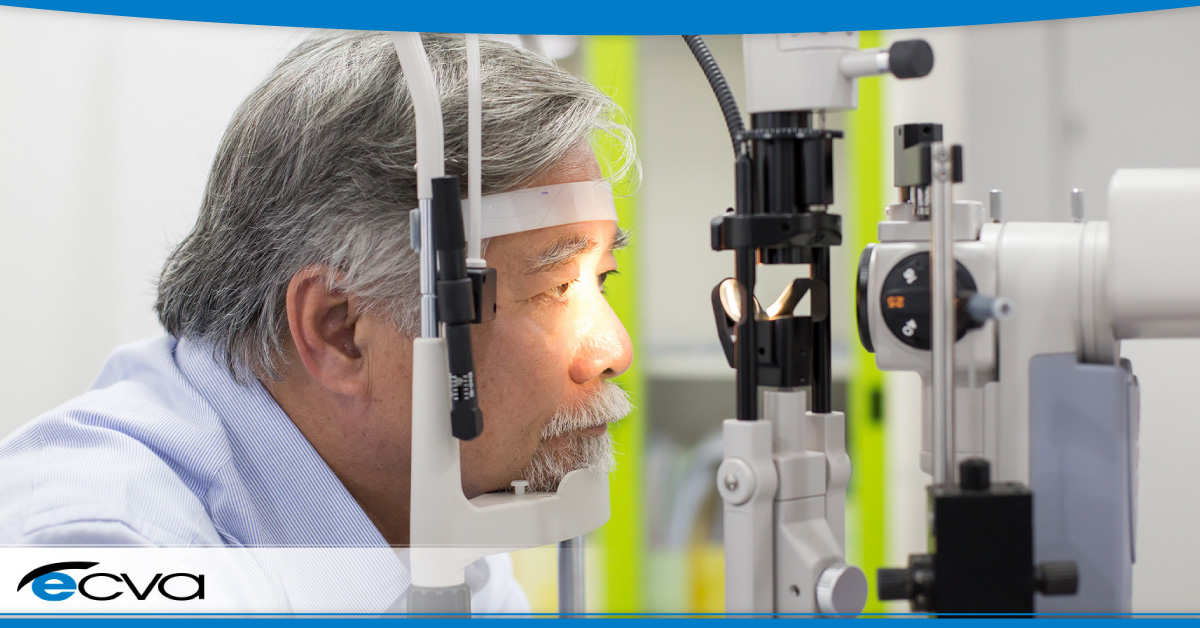Glaucoma is a group of eye conditions that damage the optic nerve – which is an essential part of vision – and is often linked to increased pressure inside the eye. Secondary glaucoma, a type of this condition, arises as a complication of another medical issue or condition. Here’s a closer look at secondary glaucoma, including what it is and its causes and mechanisms.
Understanding Secondary Glaucoma
Secondary glaucoma is distinguished from primary glaucoma by its direct association with an identifiable underlying health issue or injury. While primary glaucoma typically develops due to genetic predisposition or age-related changes and lacks a direct cause, secondary glaucoma results from specific pathological conditions that affect the eye’s fluid dynamics or external trauma.
The balance of aqueous humor production and drainage determines intraocular pressure (IOP) in the eye. Under normal conditions, this fluid is produced in the ciliary body, flows through the pupil, and drains via the trabecular meshwork at the angle where the iris and cornea meet. Any disruption in this flow or drainage can lead to increased IOP, the primary risk factor for optic nerve damage in glaucoma.
The treatment and management of secondary glaucoma require an understanding of the underlying cause, as addressing this root issue is essential for effective control of the glaucoma itself.
Common Causes of Secondary Glaucoma
Eye Injuries
Trauma to the eye can lead to traumatic glaucoma, a form of secondary glaucoma. Injuries such as blunt or penetrating trauma can disrupt the eye’s natural drainage system, causing fluid buildup and increased IOP. The onset of traumatic glaucoma may be immediate following the injury or can develop gradually over time.
Inflammation
Uveitis, an inflammation of the middle layer of the eye (uvea), can obstruct fluid outflow, leading to inflammatory glaucoma. This condition may occur in one or both eyes and is often associated with autoimmune disorders or infections.
Use of Certain Medications
Certain medications, particularly corticosteroids used to treat a variety of conditions, can induce glaucoma. Steroid-induced glaucoma is the result of the eye’s increased sensitivity to steroids, affecting its ability to drain fluid properly and maintain a healthy IOP.
Other Eye Conditions
Several other eye conditions can also lead to secondary glaucoma, including pseudoexfoliation syndrome, where extra material is produced and sloughs off the lens of the eye and clogs the drainage system. Another is pigment dispersion syndrome, where pigment granules from the iris are dispersed throughout the eye, similarly clogging the drainage angles. However, those are just two examples, as many other diagnoses can increase a person’s risk of developing the condition.
Risk Factors
Certain factors can increase the risk of developing secondary glaucoma. These include a history of eye injuries, systemic diseases such as diabetes or hypertension, and the use of medications known to affect intraocular pressure. Genetic predisposition may also play a role in an individual’s susceptibility to certain types of secondary glaucoma.
Find A Glaucoma Specialist Near Buffalo, NY
Navigating secondary glaucoma requires a keen understanding of its multifaceted causes and risk factors. At ECVA, our commitment to your eye health extends beyond diagnosis to comprehensive care and support. If you seek proactive eye care, don’t hesitate to schedule an appointment at your nearest ECVA clinic today and let us guide you towards clearer vision and peace of mind.







